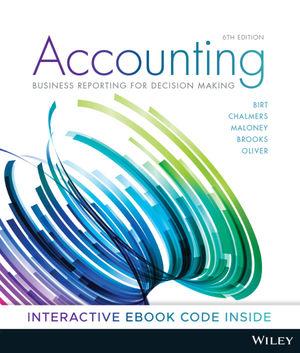Maintaining premium wine prices and reacting to trends similar to the latest handbag are some of the
Question:
Maintaining premium wine prices and reacting to trends similar to the latest ‘handbag’ are some of the ways the wine industry can recover from struggling production profitability, according to some New South Wales wine makers.
The 2015 crush was up 0.4 per cent Australia-wide, but is still slightly below the eight-year average of 1.7 million tonnes. The industry’s health was detailed in the Winemakers’ Federation of Australia Vintage Report for July 2015. When it came to profitability, the Hunter Valley was up 3 per cent, although the majority of the region’s growers were struggling. Further inland, in the Mudgee area, zero profitability was experienced, while the Canberra area, which is also a cool climate growing region, had 1 per cent growth. Long time Canberra winemaker Ken Helm and his colleagues in the region are adamant that it is fatal to be price driven.
‘Once you discount your wines, in the consumer’s minds the wine is not worth what was originally asked and therefore it was overpriced,’ he said. ‘We have not fallen for that trap, we have maintained our prices which we believe are fair and reflect the quality of the wine. If we continue along that line we believe the industry will continue to grow and get the respect of the consumer.’
Across the range, a number of Mudgee growers are pulling out vines, as demand for their wine has slumped. This is contrary to the Canberra region where, Mr Helm points out, more land is being sought by the local growers and winemakers.
Mudgee viticulturist, David Lowe, also looks to producing premium wines as the key, as the other areas associated with production have been exhausted. ‘As an industry we have a lot of work to do,’ said the former NSW Wine Industry Association President.
‘I guess much of the focus over the past 10 years has been on cutting our costs, minimising our labour costs, more mechanisation. We have probably reached what we can; we can’t increase the crops, our yield. That could lead to a lesser wine quality and therefore not receive the price you want for quality. The only solution I guess is to increase market demand and increase the price of our wine; the top down approach.’
‘When the Australian dollar came into parity with the US dollar, it became, it made it unprofitable to export,’ Mr Helm said. ‘[This hurt] areas which focussed on export, rather than focusing on the premium end of the market, both domestically and export.’
Required
a. Discuss how premium winemakers have maintained their profitability in recent years.
b. Explain why a discounting strategy may not be in a winemaker’s best interest.
c. The article refers to the Winemakers’ Federation of Australia Vintage Report for July 2015. Locate this report and identify any financially based ratios reported.
d. Summarise the Production Profitability Analysis in the report.
e. Discuss the factors considered when predicting the future health of the Australian wine industry.
Step by Step Answer:

Accounting Business Reporting For Decision Making
ISBN: 9780730363415
6th Edition
Authors: Jacqueline Birt, Keryn Chalmers, Suzanne Maloney, Albie Brooks, Judy Oliver





